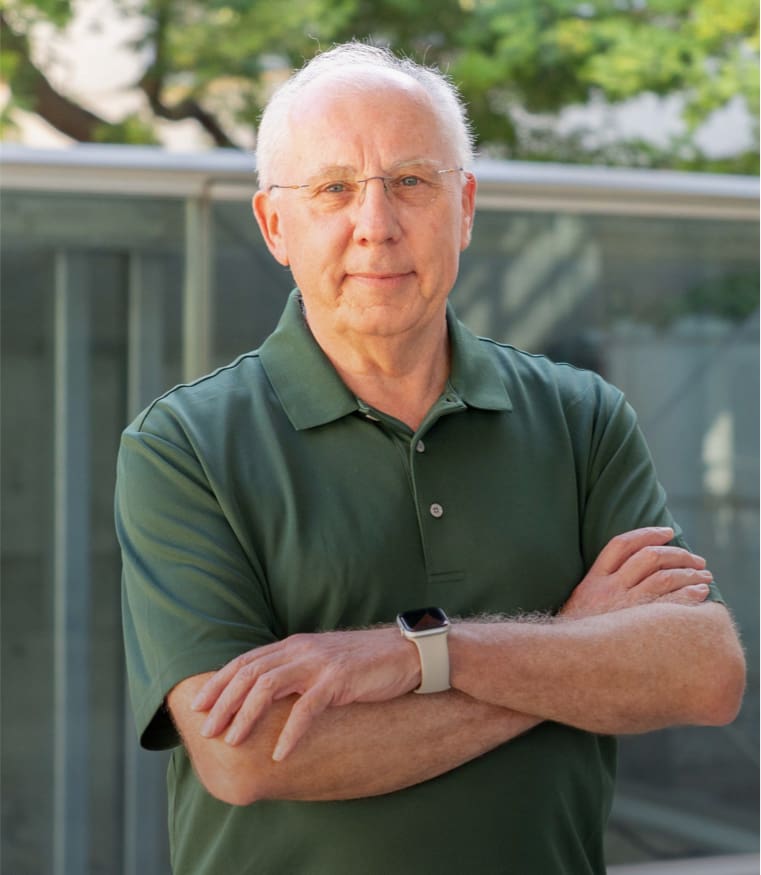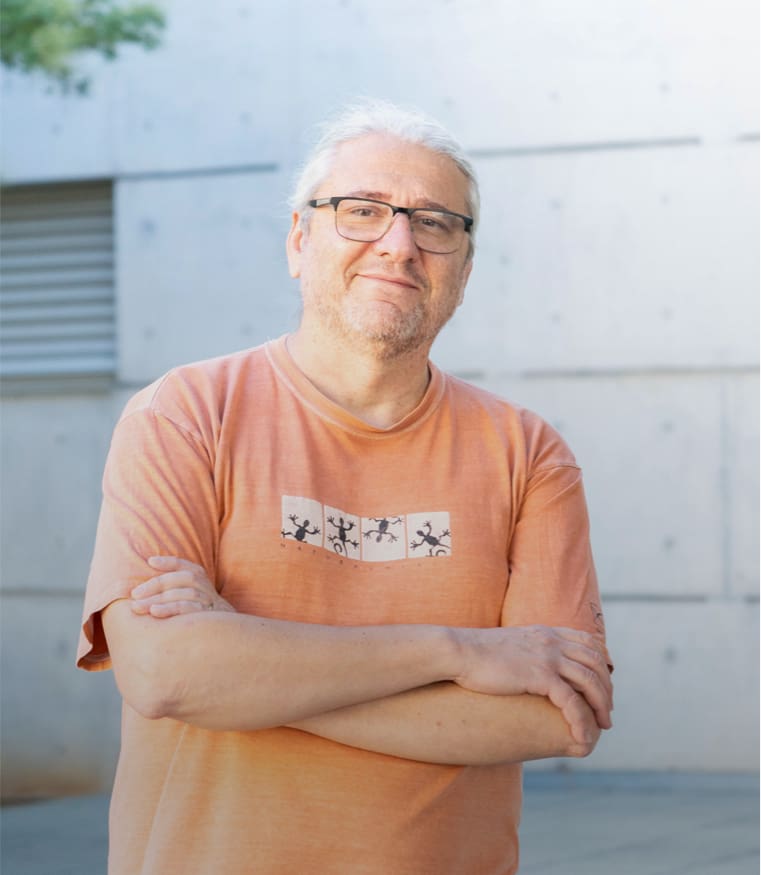A Metal–Organic Framework Based on a Tetra-Arylextended Calix[4]pyrrole Ligand: Structure Control through the Covalent Connectivity of the Linker
The preparation of isomeric metal–organic frameworks (MOFs) in which the network topology is controlled by the different covalent connectivities of the organic ligand is an important step forward in the design of new functional materials. In this context, macrocyclic organic ligands able to accommodate suitable guests in their own polar internal cavities are appealing candidates to act as multidentate linkers, which could potentially self-assemble into hierarchical porous structures. Taking this into account, here we report the first successful attempt to incorporate a tetraaryl-extended calix[4]pyrrole derivative into a transition metal–organic framework (calixMOF1) by simply incorporating four terminal carboxylic functional groups at the upper rim of the macrocyclic scaffold. Remarkably, the structures of the metal organic framework and its transition-metal carboxylate clusters (secondary building units, SBU) are governed by the position of the carboxylic substituent in the functionalized meso-aryl units of the linker. Only the tetra-α-meso-arylextended tetracarboxylic calix[4]pyrrole isomer L1, substituted in a single meta-position of their aryl rings, yields a two-dimensional MOF architecture assembled through complex CuII-carboxylate clusters (SBU). The clusters have higher nuclearity than the CuII2-(O2CR)4 paddle wheels produced as SBUs during the assembly of the para-substituted counterpart L2. Remarkably, the length of the dialkylformamide used as solvent (DMF or DEF) in the synthesis of the CuII-organic materials derived from L2 played a key role in the structure of the final solid material. The packing of discrete metal-mediated capsular dimers of L2 switched to that of one-dimensional linear coordination polymers when the solvent’s alkyl chains were increased by a methylene unit. Finally, ligand L3, which featured a longer alkyl spacer between the para-substituted calix[4]pyrrole core and the terminal carboxylic groups than L2, self-assembled, exclusively, into discrete capsular coordination dimers also mediated by CuII paddle wheel units.

J. Aguilera-Sigalat, C. Sáenz de Pipaón, D. Hernández-Alonso, E.C. Escudero-Adán, J.R. Galan-Mascarós, P. Ballester
Cryst. Growth Des., 2017, 17, (3), 1328-1338
DOI:
10.1021/acs.cgd.6b01732
Associated ICIQ research group/s:
-
RESEARCH GROUP/S
Prof. Pau Ballester
-
RESEARCH GROUP/S
Prof. J.R. Galán-Mascarós

Let's create a brighter future
Join our team to work with renowned researchers, tackle groundbreaking
projects and contribute to meaningful scientific advancements




















